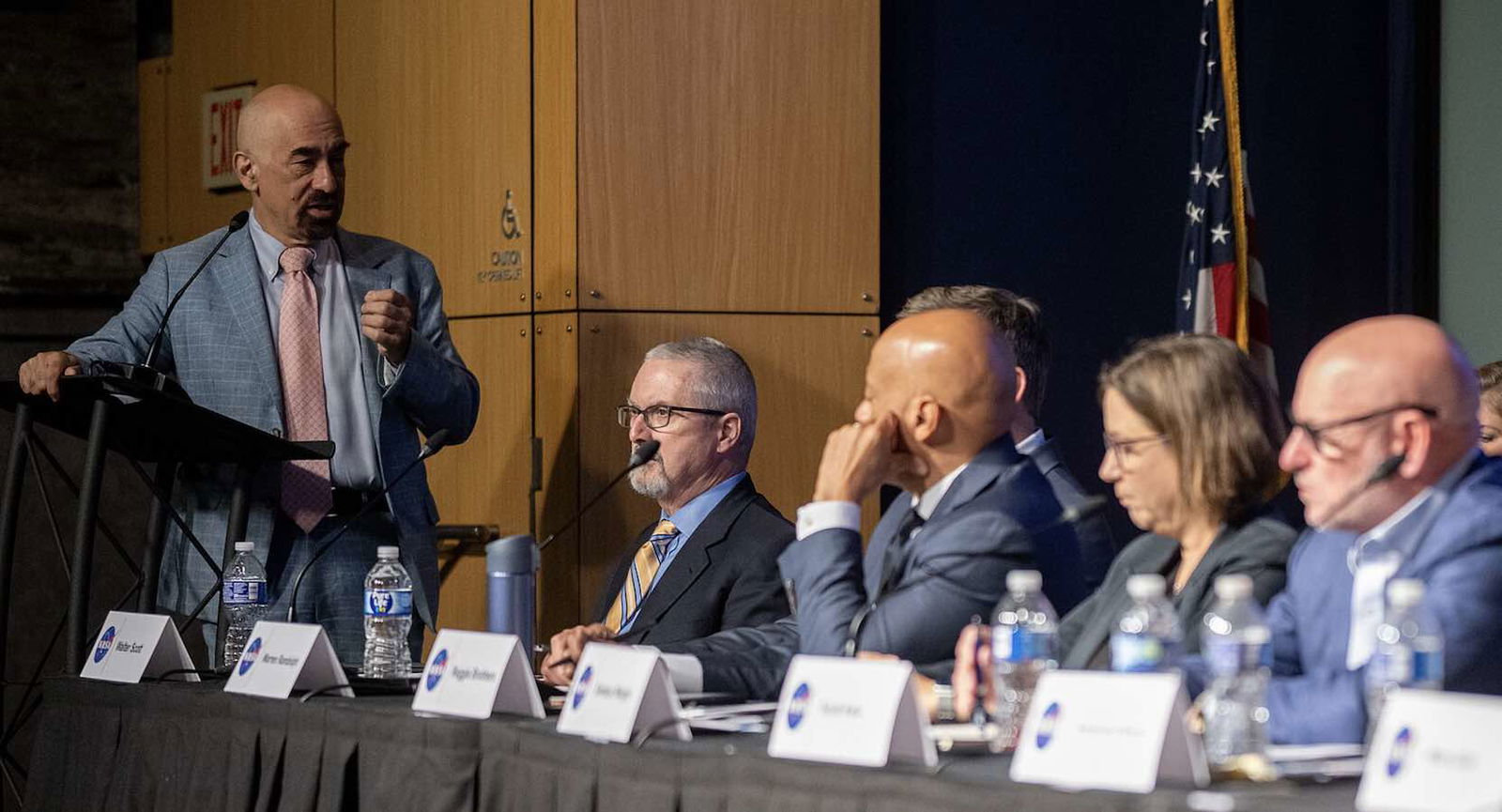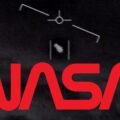Last September, the results of an assessment by an independent study team assembled by NASA, intended to provide recommendations on how the agency could better contribute to the U.S. government’s ongoing evaluation of unidentified anomalous phenomena (UAP), concluded that better data and more of it will be required to make significant progress toward understanding mysterious aerial phenomena.
Coinciding with the release of the UAP Independent Study Team’s (UAPIST) report, NASA also revealed that it had appointed a new NASA Director of UAP Research to help lead the agency’s efforts and coordinate with the Department of Defense, whose All-domain Anomaly Resolution Office is currently tasked with collection and analysis of UAP incidents reported by U.S. government personnel.
Notably, at the time of the NASA report’s release, the UAP Independent Study Team said that it had not examined or attempted to evaluate any actual incident reports. Instead, it focused on providing recommendations that could help improve future UAP studies while highlighting resources NASA can provide that may assist with such investigations.
Since the NASA report’s publication last year, little additional information has been made publicly available about what progress—if any—the American space agency and its recently appointed Director of UAP Research have made and to what degree NASA will remain involved in the U.S. government’s evaluation of UAP.
Now, almost a year after the NASA team’s findings were released, follow-up inquiries made by The Debrief appear to convey NASA officials’ reluctance to discuss the agency’s status regarding the UAP issue.
Beginning in June, The Debrief inquired with several NASA officials involved with the agency’s recent UAP efforts, seeking clarity on any progress that had been made since the release of the independent study team’s report.
“NASA continues to review the unidentified anomalous phenomena (UAP) independent study team’s report recommendations and determine next steps,” a NASA spokesperson told The Debrief in an official statement provided on June 5, 2024.
The spokesperson provided no additional guidance on why several months had been required for additional review of the report’s findings, nor any further indication of what the agency’s “next steps” on UAP might entail or whether any had already been determined by NASA at this time.
The Debrief also reached out to Mark McInerney, who was officially revealed as the agency’s new Director of UAP Research last September, shortly after NASA Administrator Bill Nelson announced the new position within his agency last year. However, McInerney did not respond to The Debrief’s requests for an update on his agency’s progress on the matter.
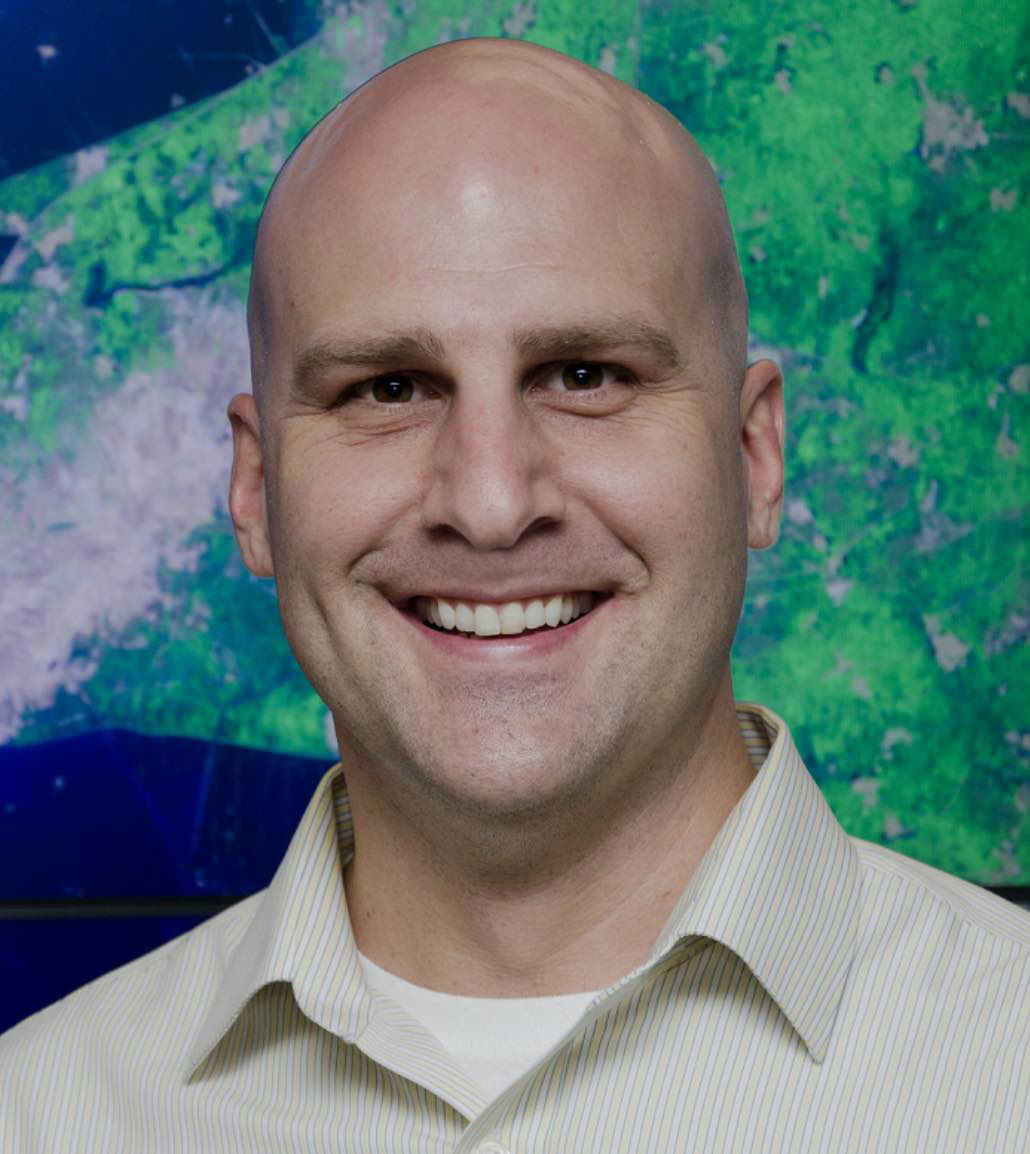

Altogether, few NASA officials The Debrief reached out to responded or were willing to speak on the record about any progress the agency has made regarding UAP since the release of last year’s report, although one individual speaking on background did acknowledge that the agency is not historically recognized for having significant involvement in the study of what have traditionally been called unidentified flying objects (UFOs).
The study team’s 36-page report issued last year, which featured several entire pages displaying colorful images of lightning, aurorae, and other luminous phenomena that may occasionally be mistaken for UAP, provided guidance on the types of information that the study team deemed to be most useful in helping to determine the nature and origin of UAPs.
The report also emphasized the importance of improving sensor calibration, obtaining multiple measurements, and leveraging NASA’s expertise in a comprehensive data acquisition strategy within a whole-of-government framework.
“Currently, UAP data analysis is hindered by poor sensor calibration, lack of multiple measurements, insufficient sensor metadata, and absence of baseline data,” the report states. To address these issues, the UAPIST members said NASA should contribute to data collection efforts, using well-calibrated sensors and possibly utilizing multispectral or hyperspectral data in a rigorous acquisition campaign.
The study team’s assessment also advocates for the use of artificial intelligence (AI) and machine learning (ML) as essential tools for identifying and potentially resolving UAP occurrences, although emphasizing that better data will be needed than what currently exists in data made available publicly by both government and civilian agencies. Notably absent from the NASA report had been any investigations or analyses related to recent or past UAP sightings.
Coinciding with the release of its report last year, Daniel Evans, assistant deputy associate administrator for research with NASA’s Science Mission Directorate and one of the UAPIST team members, emphasized NASA’s commitment to understanding what UAP might represent.
“We at NASA believe that understanding UAP is vital,” Evans said last September at a press conference announcing the release of his team’s findings.
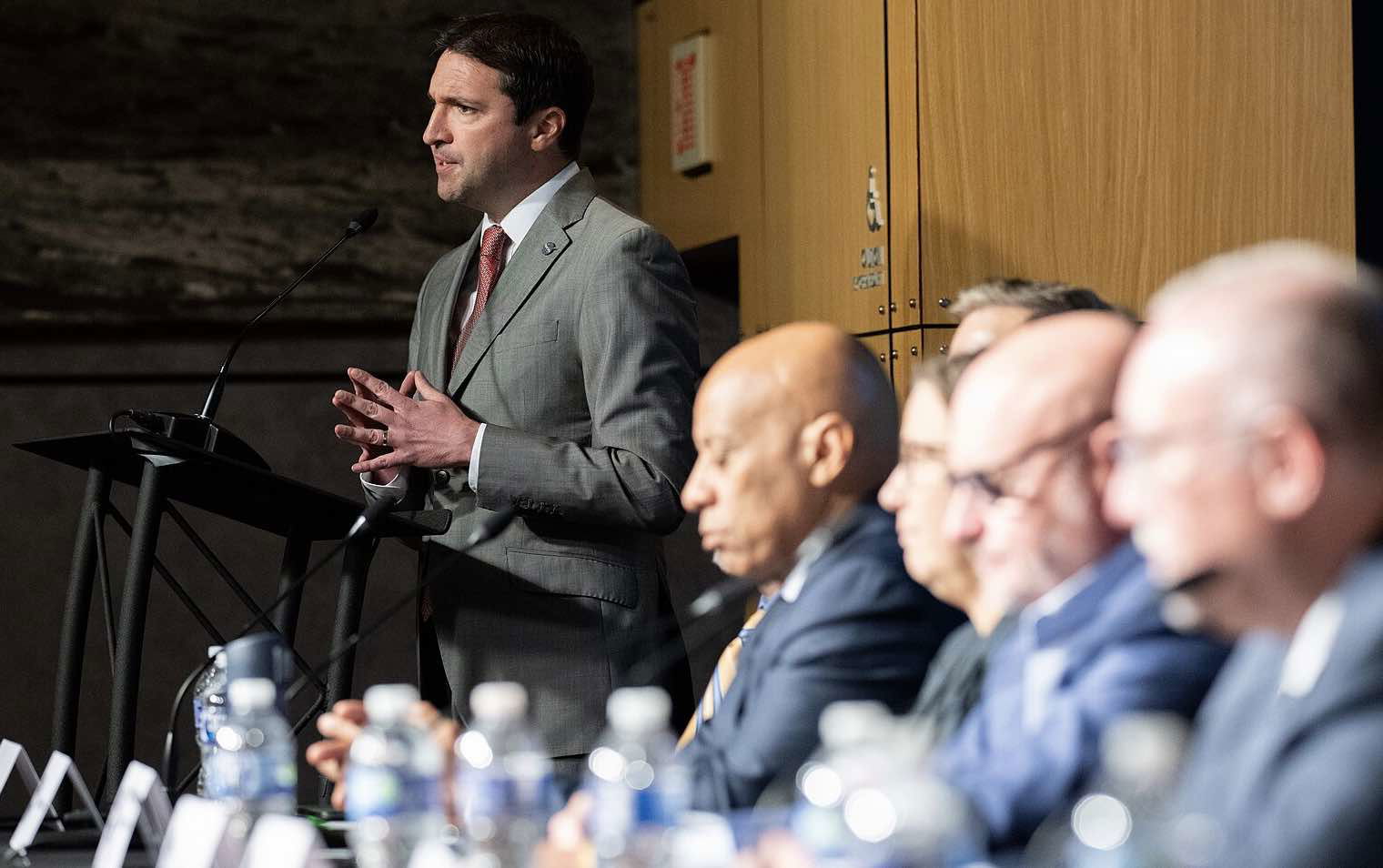

“The presence of UAP raises serious concerns about the safety of our skies,” Evans said, adding that “by understanding the nature of UAP, we can ensure that our skies remain a safe space for all.”
The Debrief also contacted Evans last month for feedback on any progress NASA officials have made following the report’s release last September, but as of the time of publication, it had not yet received a response.
“The top takeaway from the study is that there is a lot more to learn,” NASA Administrator Bill Nelson said following the report’s release. “We will use NASA’s expertise to work with other agencies to analyze UAP,” Nelson added, stressing the importance of shifting the UAP dialogue from sensationalism to science and sharing findings globally.
Nelson also said that his agency will remain committed to transparency on the issue and to attempting to better understand what UAP might represent.
“We are open, and we’re going to be open about this,” Nelson also said in response to a question from filmmaker James Fox, who attended last September’s press conference.
“We don’t know what these UAP are,” Nelson said, “but we’re gonna try to find out.”
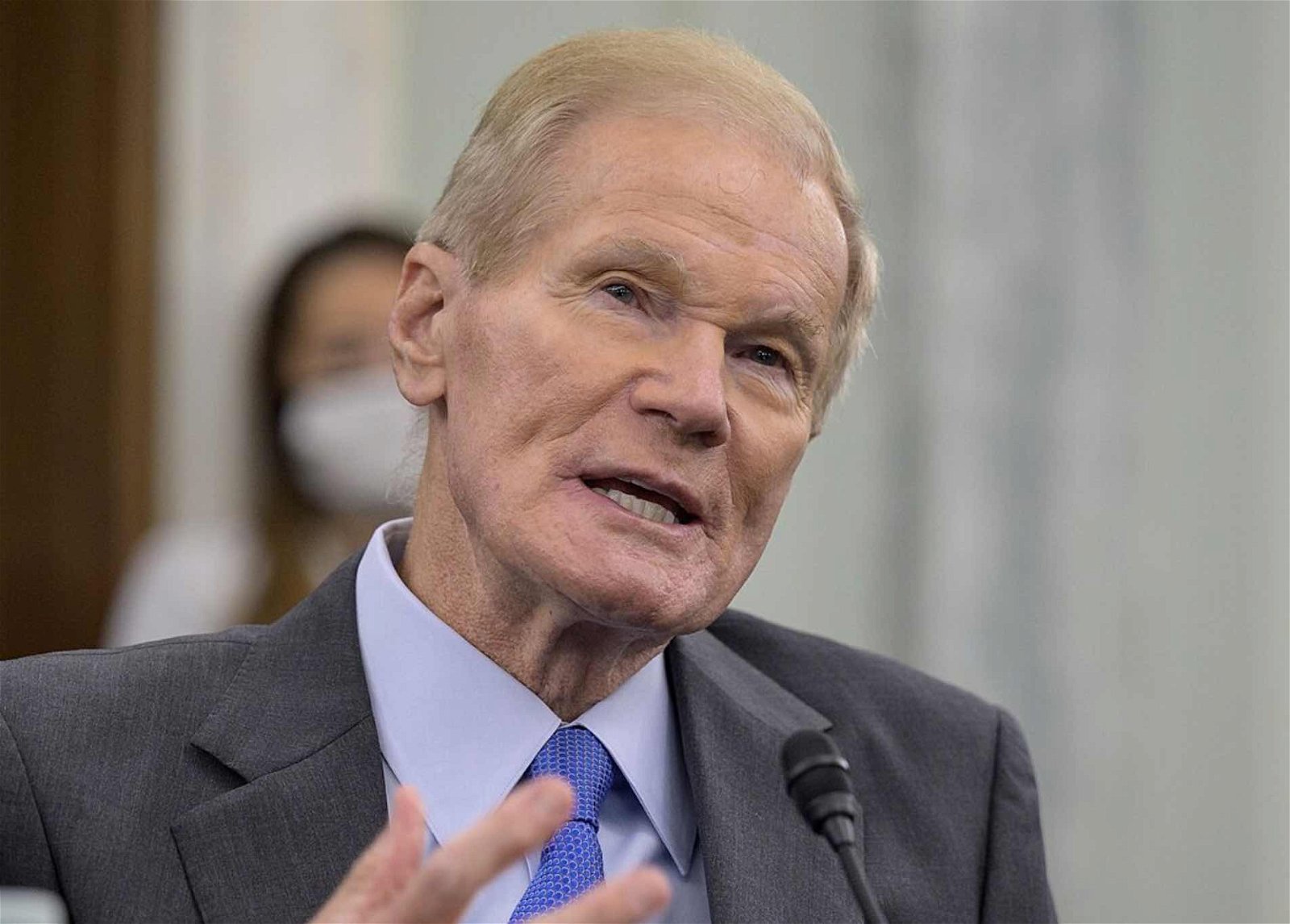

However, in contrast to Nelson’s statements at the time, NASA has remained mostly silent on the UAP issue since the report’s release last year, providing few indications publicly that it plans to maintain any degree of active engagement with the matter, a reality that appeared to be reflected in the limited guidance agency officials and former members of NASA’s UAP study team were willing to provide in response to The Debrief’s inquiries over the last several weeks.
Following the publication of the UAPIST report last year, a short article published by Boston University’s Photonics Center quoted Joshua Semeter, a professor with the school’s Department of Electrical and Computer Engineering and a member of NASA’s UAP study team who was appointed to the group for his specialization in imaging and remote sensing observations.
“Even Professor Semeter was surprised to find the report focused more on mapping out next steps,” the article said of Semeter, who called UAP “a strangely polarizing topic.”
“One way to think about it is that whenever you’re faced with incomplete data, your brain fills in the rest, that’s our tendency,” Semeter was quoted saying of people’s tendency to exhibit biases regarding UAP, even when it involves academics studying the phenomenon. “The tendency of people looking into UAP is to fall on one side or the other with respect to an incomplete picture,” he added.
The Debrief reached out to Professor Semeter for further comment, but like with other study team members we contacted, received no response to our requests.
Earlier this year, astrophysicist David Spergel, President of the Simons Foundation and chair of NASA’s UAP study team, also spoke briefly about the group’s assessment during a NASA Future In-Space Operations seminar that was streamed on February 7, 2024.
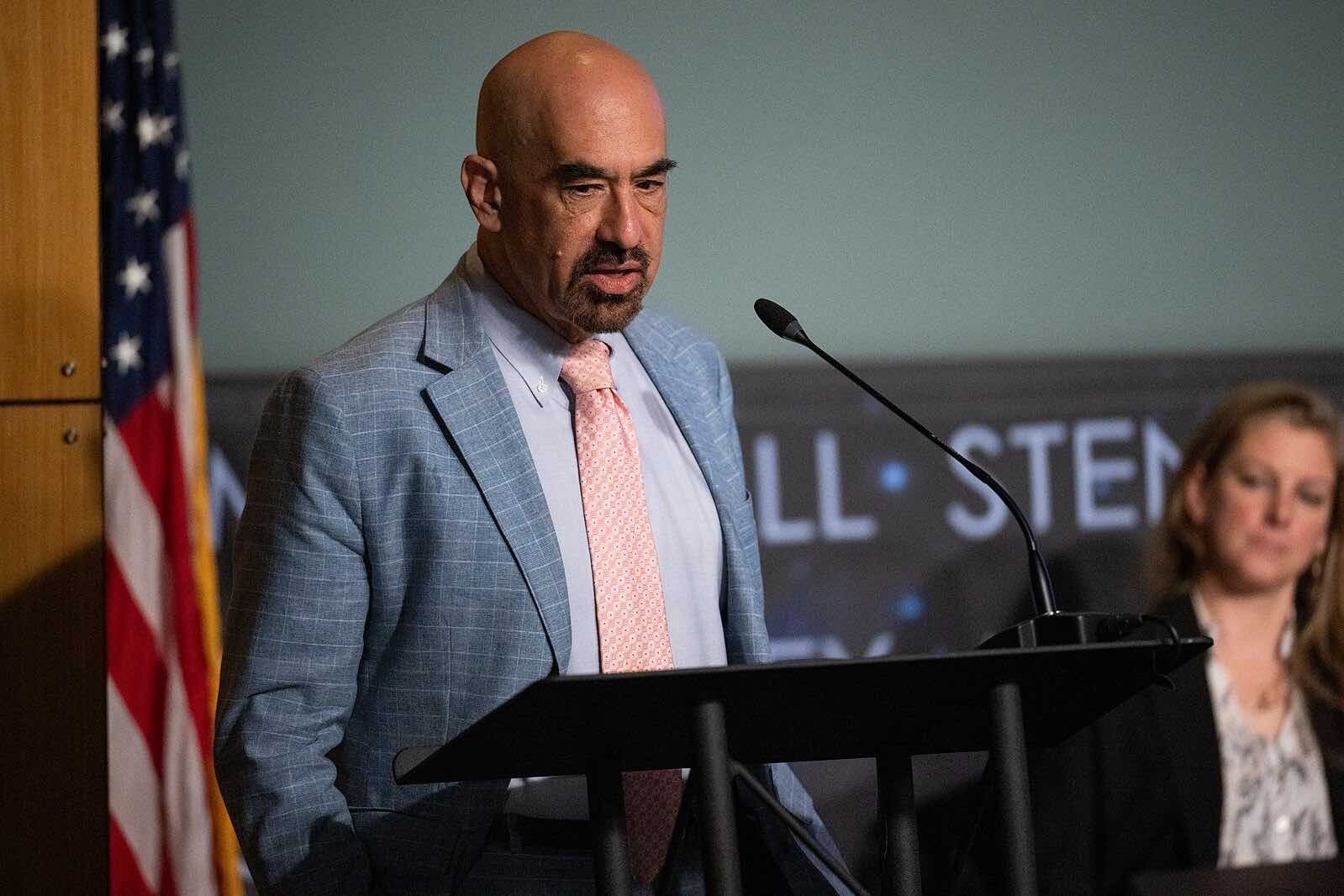

Weeks later, in a document published online detailing the proceedings of the NASA Advisory Council Science Committee Spring Meeting on March 25, 2024, details outlining an earlier NASA Earth Science Advisory Committee (ESAC) meeting included a summary of the UAP report’s findings, given that UAPIST was a subcommittee formed under the ESAC.
“The ESAC finds that the UAPIST Subcommittee has addressed the questions outlined in the Statement of Task, and thereby has met its Terms of Reference,” the summary states. “The ESAC finds that the scope of the Subcommittee report, including any recommendations, is beyond NASA’s Earth Science program.”
A brief ESAC Procedural Recommendation also states that “The ESAC does not have the expertise to make detailed recommendations to ESD regarding the report,” concluding that “The ESAC accordingly recommends that the report be conveyed to agency leadership.”
No additional information has currently been made available by NASA regarding any data collection plan the agency may have implemented, nor any research methods, systems integration, budget appropriation, staffing, or other efforts being undertaken by NASA’s current Director of UAP Research. Further specific requests for updates on all these issues by The Debrief remained unanswered in our communications with NASA officials.
NASA’s lack of communication on the UAP subject following the release of last year’s report leaves more questions than answers about the agency’s current stance on the issue, as well as what plans, if any, it may have in terms of ongoing engagement and coordination with other federal agencies.
While the UAP Independent Study Team concluded its report last year by emphasizing there is currently no evidence credibly linking UAP sightings to extraterrestrial technologies, the authors nonetheless conceded that such possibilities at least remain on the table.
“At this point there is no reason to conclude that existing UAP reports have an extraterrestrial source. However, if we acknowledge that as one possibility, then those objects must have traveled through our solar system to get here,” the report’s authors wrote.
“Just as the galaxy does not stop at the outskirts of the solar system, the solar system also includes Earth and its environs. Thus, there is an intellectual continuum between extrasolar technosignatures, solar system SETI, and potential unknown alien technology operating in Earth’s atmosphere.”
“If we recognize the plausibility of any of these,” the authors concluded, “then we should recognize that all are at least plausible.”
Micah Hanks is the Editor-in-Chief and Co-Founder of The Debrief. He can be reached by email at micah@thedebrief.org. Follow his work at micahhanks.com and on X: @MicahHanks.
